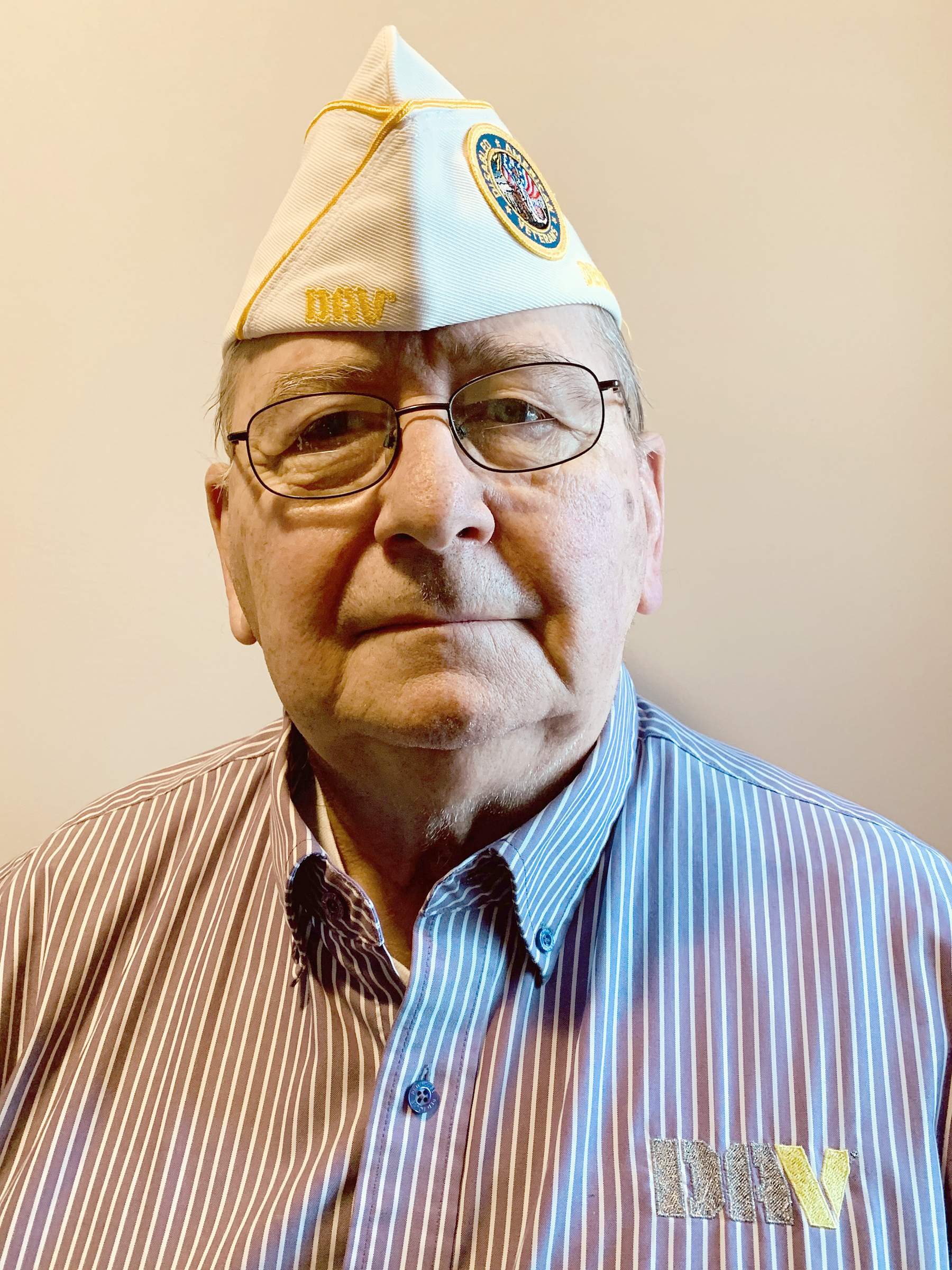There is a direct connection between veterans’ suicides and veterans’ Post-Traumatic Stress Disorder (PTSD). Veterans experience higher rates of both PTSD and suicides when compared to the general population.
Recently, the date “June 27th” was designated by the Department of Veterans Affairs (VA) as PTSD Screening Day. The VA had created a self-screening test for veterans to determine if a veteran’s feelings and behavior are directly related to PTSD.
Simply put, things that bother veterans now or keeping them from doing things they want or need to do could be related to a trauma or incident they experienced in their past military service.
The PTSD self-screening can be conducted at any time using the VA website. This could be the first step in a veteran’s recovery if they have PTSD as well as determining if PTSD is an issue in a veteran’s distress.
The actual screen consists of just a few yes-or-no questions that ask a veteran how they have been feeling during the last month (no matter when the trauma may have occurred.) After completing the brief survey, the veteran will receive a score (ranging from 0-5.) This self-screening is not considered a diagnosis.
The veteran’s score will help a trained VA health care provider to talk with the veteran about the next possible steps. If a veteran scores 3 or more on the screening, it is very likely that the veteran has PTSD. If the veteran scores 2 or less, it is not likely that the veteran is suffering from PTSD.
The VA cautions no matter what the veteran’s score is, if the veteran is having a hard time with the incident or trauma, a VA health care provider can assist the veteran. This assistance is directed toward having the veteran understand and take care of their mental and physical life.
Veterans can contact a VA health care provider any time and relate that they took the PTSD self-screen and would like to make an appointment to discuss the results obtained.
It is recommended that the veteran print out the self-screen and bring it to the appointment. By sharing the self-screen with the VA health care provider will help start the discussion and the recovery process.
There are four (4) groups of symptoms evaluated by the VA when PTSD is being diagnosed. They are: Avoidance Behavior; Intrusion Symptoms; Negative Changes in Cognition and Mood; and Heightened Arousal and Reactivity.
Because other related diagnoses, such as anxiety and depression, share many of the above symptoms, many veterans are diagnosed too late for recovery and treatment.
The date of “June 27th” being designated by the VA for PTSD Screening Day is symbolic. In 2010, Senator Kent Conrad urged Congress to obtain official recognition as a “Day of Awareness” for PTSD. This was in tribute of Staff Sergeant Joe Biel who committed suicide in 2007 after suffering from PTSD.
The North Dakota National Guard member served two (2) tours in Iraq before taking his own life. Sergeant Biel’s birthday was “June 27th” and that was selected by Senate Resolution #541 as the official PTSD Awareness Day.
In 2014, Congress passed Senate Resolution #481 designating the full month of June for “National Post-Traumatic Stress Disorder Awareness Month.
It was anticipated that the designation would increase public awareness about issues related to PTSD and reduce the stigma associated with PTSD. The VA feels this month-designation would help to ensure that those veterans suffering from the invisible wounds of war receive proper treatment.
My Opinion: The PTSD Self-Screening only takes less than six (6) minutes to take. Each yes-or-no question requires focused concentration and thought before checking off the blocks on the computer screen.
This is an easy test for a veteran to take because there are no “right” or “wrong” answers. It is all about the veteran. Although the self-screening was designated for “June 27th,” the self-screening can be taken at any time on the VA website.
Family members or friends of veterans should make veterans aware of this self-screening and offer to assist them in the process. Statistics indicate that fifty-eight (58%) percent of veterans suffering from PTSD without VA health care treatment take their own lives.
Veterans seeking more information on the PTSD self-screening should contact 1-800-273-8255 and press 1. Help is available at the Veteran Crisis Line or the National Suicide Prevention Lifeline.
This VA PTSD self-screening was not available for Staff Sergeant Joe Biel, before he took his own life, but it is available for veterans now. Veterans are urged to take advantage of it. Even if it only helps one (1) veteran receive needed treatment for PTSD – the VA Self-Screening was well worth it.
BioSketch: John Plahovinsak is a retired 32-year Army veteran, who served from 1967 to 1999. He is the Disabled American Veterans (DAV) Department of Ohio’s Hospital Chairman and the Chapter Adjutant of DAV Chapter #63 (Clermont County).

